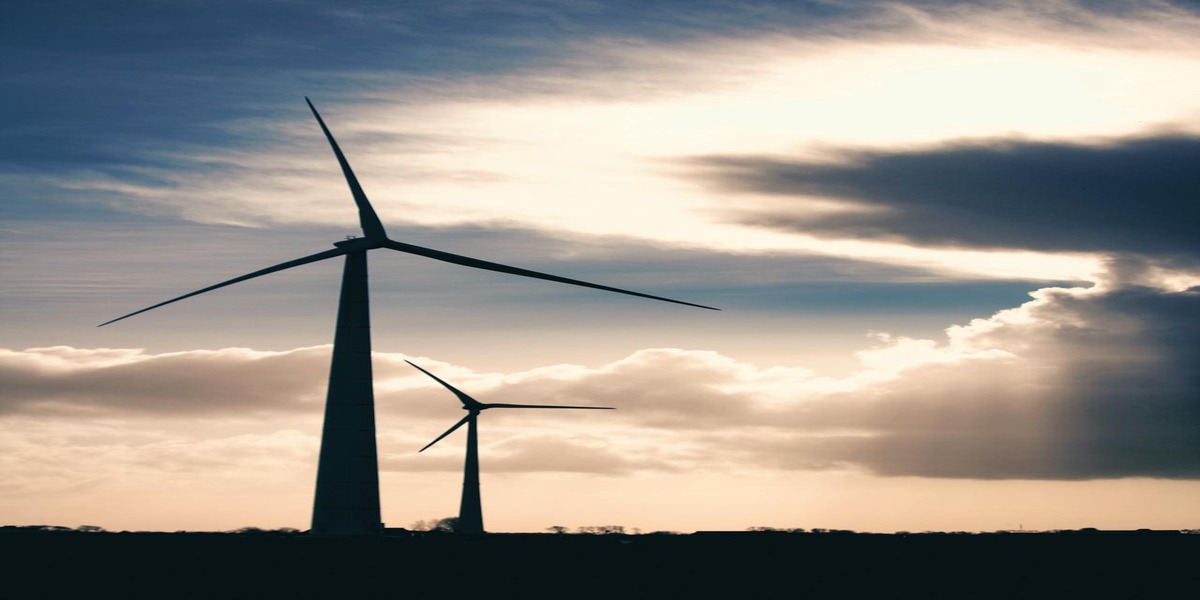By 2050, the global wind park must be about eight times its current size, reaching around 8TW of installed capacity. This will require a steep ramp-up in supply chain investment to build the necessary production facilities, infrastructure, partnerships, innovation , and workforce to deliver new wind capacity.
Competitive Landscape of Wind Industry
There are several opposing forces that are balancing the current competitive landscape:
- Market volatility due to inflation
- Raw materials scarcity
- Wars
- Regulators pushing for more localization and thus forcing economics against mass-scale ramp-up, diversion of capacity policies between West and East (predominantly China) industries, preventing the companies from adjusting rapidly to upscaling or downscaling
- Last but not least, the capitalization gap on rapid technology forwarding, with innovation on component and system level not being allowed to consolidate enough industrialization of existing technologies
Mitigation of Risks to Supply Chain for the Wind Energy Sector
Some recommendations for mitigating the resilience risks associated with wind energy supply chain:
- Industry must standardize and open design concepts to the modular approach, enabling the global footprint of industrialization
- OEMS must drop the race to the bigger turbines and focus more on validating existing technologies for better quality, reduced costs, and the opportunity to localize component manufacturing at affordable costs. This is called regionalization of the global supply chain
- It is important to gauge and adjust the reshoring of some components/services versus the risk of internal capacity constraints, as it would lead to intermittent trade flows or delays in deployments
Create an account to read the full article
Create Account
Already have an account? Sign in

